 My Sweet Boy’s lovely girlfriend Taylor is over to bake today, and we are taking on macarons. We’ve had to hearten ourselves along through a string of failures—macarons are notoriously temperamental—but we are having fun, and spending six hours together on them has been an unexpected and happy surprise. We’re on batch four now this afternoon, with fingers crossed.
My Sweet Boy’s lovely girlfriend Taylor is over to bake today, and we are taking on macarons. We’ve had to hearten ourselves along through a string of failures—macarons are notoriously temperamental—but we are having fun, and spending six hours together on them has been an unexpected and happy surprise. We’re on batch four now this afternoon, with fingers crossed.  They may not be camera perfect, but they are tasty, and I think that’s what matters most. I think after a few more batches, we’ll be macaron pros. I’m including recipes for three of the variations we made, plus all of the little tricks that helped us transition from total failure to pretty-as-a-picture. If you have to pick just one to make, my favorite are the dark cocoa with hibiscus white chocolate ganache.
They may not be camera perfect, but they are tasty, and I think that’s what matters most. I think after a few more batches, we’ll be macaron pros. I’m including recipes for three of the variations we made, plus all of the little tricks that helped us transition from total failure to pretty-as-a-picture. If you have to pick just one to make, my favorite are the dark cocoa with hibiscus white chocolate ganache.
Macaron Tips
Former pastry chef, blogger, and macaron guru Helene Dujardin of tarteletteblog.com was kind enough to email to me her authoritative article on the art of macarons. I missed a few hints skimming the article (yes, haste makes waste), so here they are in a bullet form, which I hope will be helpful. You may link to a macaron tutorial on her site here.
Ageing your egg whites seems to be an important step. Separate your eggs three to four days before baking and keep them in the refrigerator. Alternately, microwave your egg whites for about 15 to 20 seconds before using them. We had relative success without taking this step, and I imagine our macarons will be that much closer to perfection if we use this tip when we next make them.
You can pick up an inexpensive scale for under twenty dollars at convenience stores like Target. Link
If you purchase blanched almonds rather than almond flour for this recipe, grind them in a food processor and then add the confectioners’ sugar. Sift the mixture to ensure that there aren’t any almond pieces.
Helene recommends avoiding bargain brands of confectioners’ sugar, as they may contain higher percentages of cornstarch.
The folding is the key step in this recipe, and the challenging part. Over mix and your macarons will flop. Under mix and they will puff and crack and be unsightly. Helene suggests that you begin folding rather quickly to begin to break down the mixture. In our most successful batch, I gave perhaps ten quick strokes and then slowed dramatically. The batter should remain fairly lofty. As soon as it is beginning to yield and soften slightly, slow down to a stroke-by-stroke evaluation. Helene’s test is to place a small amount on a plate, and if the top flattens by itself, it’s ready. I found that I was still overbeating. The tops will remain in a soft peak, but will appear like they will fall with resting. Err on the side of under folding, and coax any little peaks down with a finger.
If you don’t have piping bags, simply use a large plastic storage bag. Fill it, seal it, and snip off the tip. When you use it, twist the bag at the top and hold it tightly. Use a little pressure at the top of the batter or ganache to pipe.
If you’re using a proper piping bag, a large tip about ½ inch in diameter is perfect for the macarons. A small round tip works well for piping the ganache.
The macarons should peel easily from the parchment. If they are sticking, pop them into the oven for another minute.
Macarons
From Helene Dujardin’s tarteletteblog.com
Yield: about 16 macarons
Ingredients:
100 grams aged egg whites, or about 3 ½ egg whites from large eggs
50 grams white sugar
200 grams confectioners’ sugar
110 grams almond flour or ground blanched almonds
Method:
- Place the egg whites into the bowl of an electric mixer and mix until they are foamy.
- Gradually add the sugar.
- Beat until you have a glossy meringue and until the meringue doesn’t move when you invert the bowl.
- In a small bowl, stir together the confectioner’s sugar and the almond flour or ground almonds.
- Fold the almond sugar mixture into the meringue. See tips above.
- Line a baking sheet with parchment paper and pipe the batter into small rounds about 1 ½ inches in diameter about 1 to 2 inches apart.
- Tap the sheets a few times to release any air bubbles in the cookies.
- Allow the macarons to dry for an hour. Preheat your oven to 300 degrees.
- Bake the macarons for ten to twelve minutes.
- Allow them to cool for about 10 to 15 minutes. Then remove them from the parchment.
- When they are completely cool, pipe ganache filling onto half of the macarons and sandwich them together with the remaining macarons.
For Rose Water Macarons, add a small dribble of rose water and two drops pink food coloring to the egg whites.
For Hibiscus Macarons, add about 1 t. of ground, dried hibiscus flowers to the almond flour mixture. You may grind the flowers using a mortar and pestle or in a dedicated coffee grinder.
For Dark Cocoa Macarons, add 3 heaping T. double Dutch dark cocoa powder to the almond flour mixture.
White Chocolate Ganache
From Helene Dujardin’s tarteletteblog.com
Yield: about enough to fill two batches of macarons
Ingredients:
1 ½ c. white chocolate (I used E. Guittard pure white chocolate.)
½ c. heavy cream (I love Cedar Summit Farms.)
Method:
- Heat the cream in a small saucepan over low heat.
- Add the chocolate and stir until it is melted and smooth.
- Allow the ganache to cool in the refrigerator until it is a piping consistency.
For Rose Water White Chocolate Ganache add a small dribble of rose water and one drop pink food coloring to the cream.
For Hibiscus White Chocolate Ganache add about 1 t. ground dried hibiscus flowers to the cream.
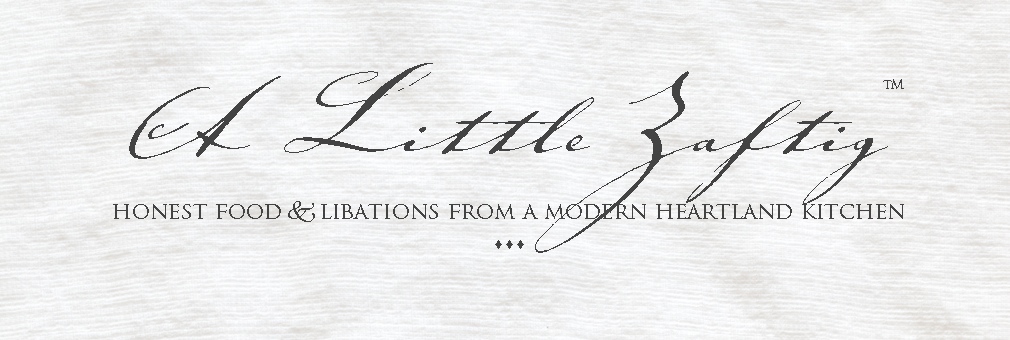
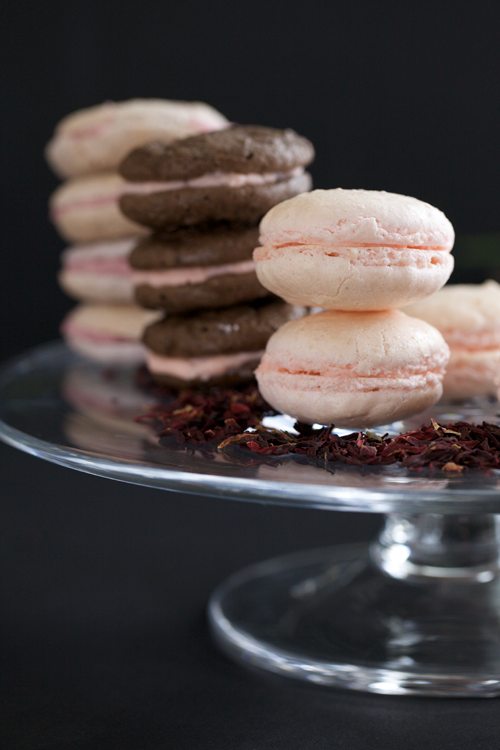
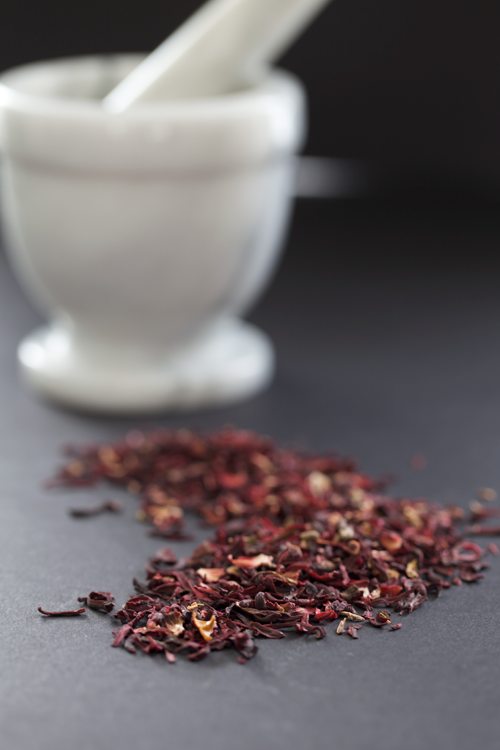
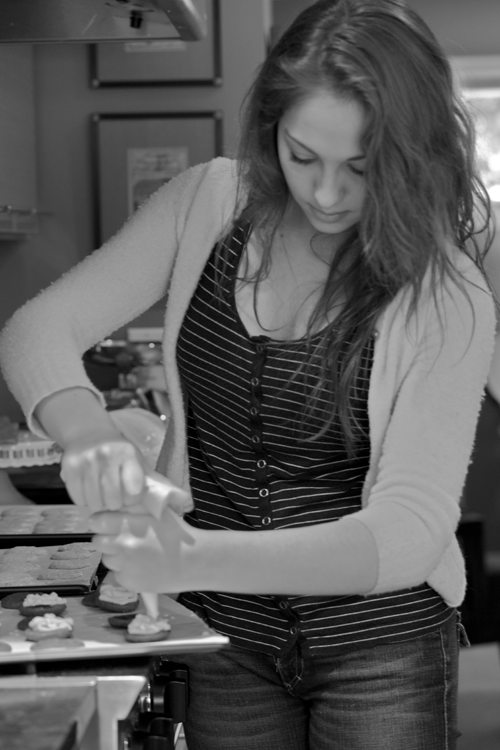
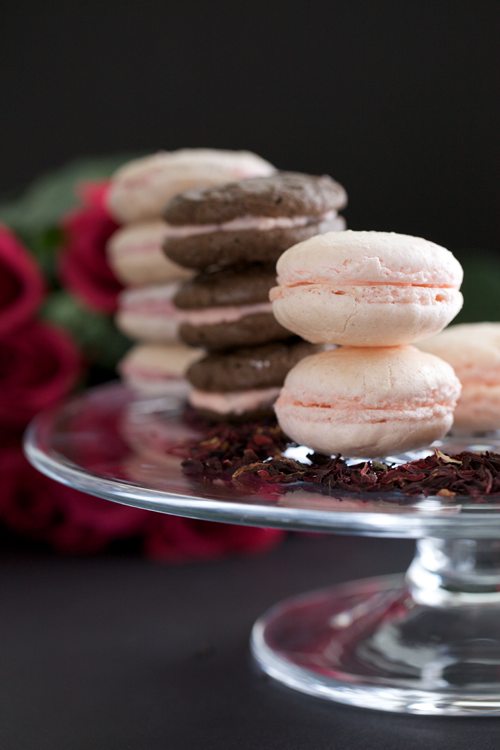
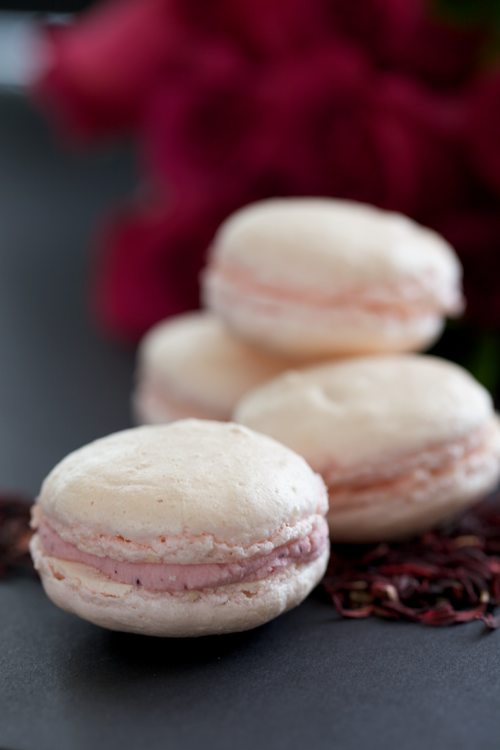





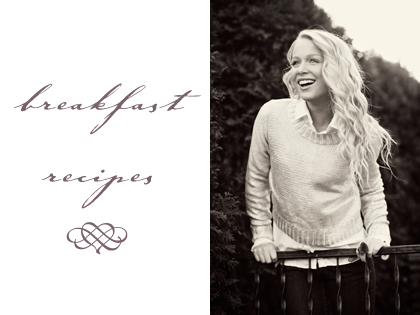


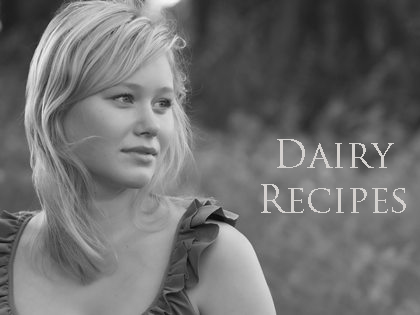









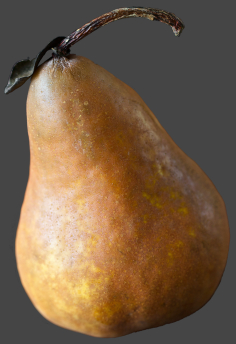
{ 3 comments… read them below or add one }
I got to try the hibiscus flavor. I’ve never tasted anything like it. It was delicious!
They look so delicate and tasty!
excellent recipe